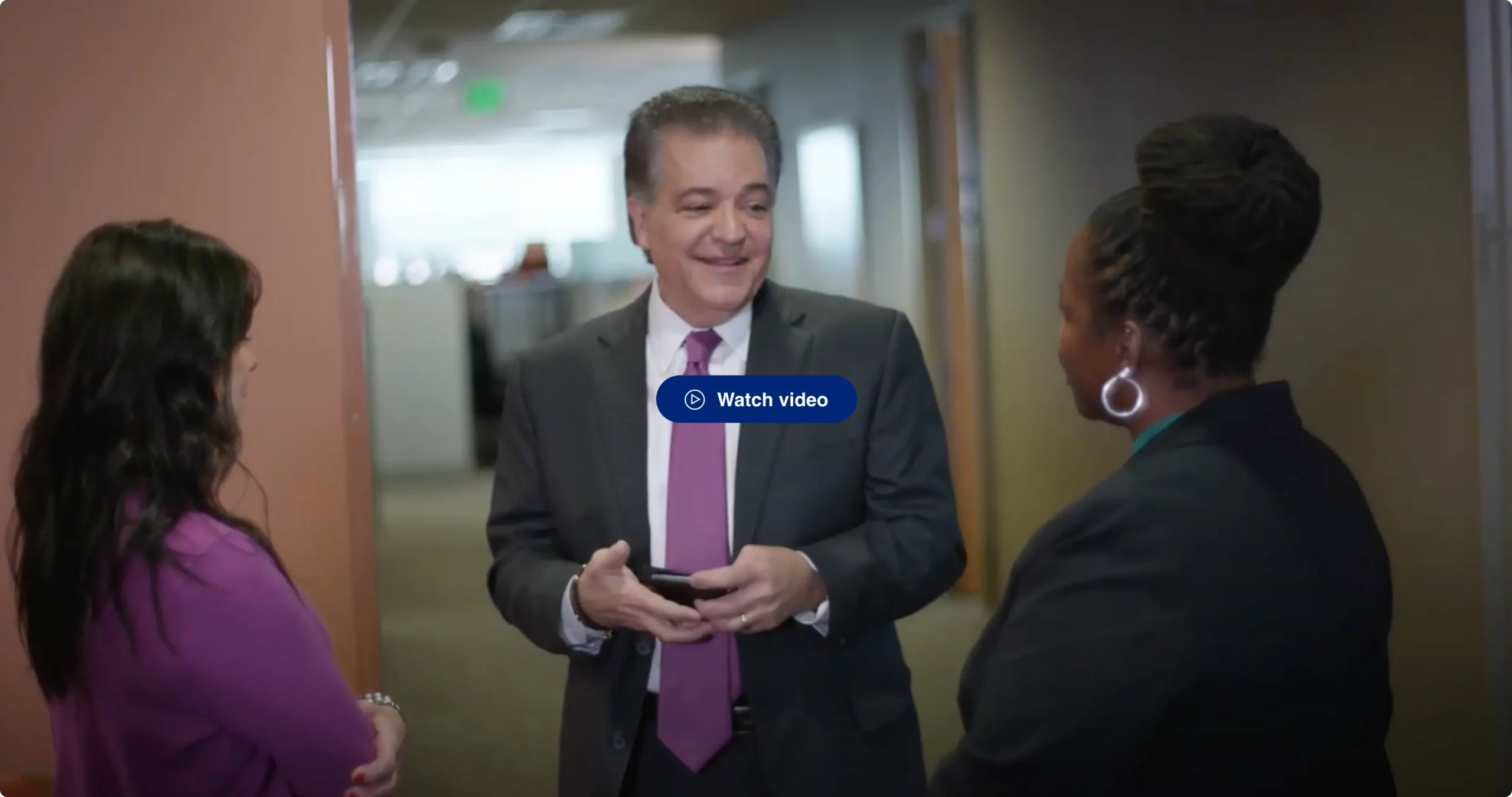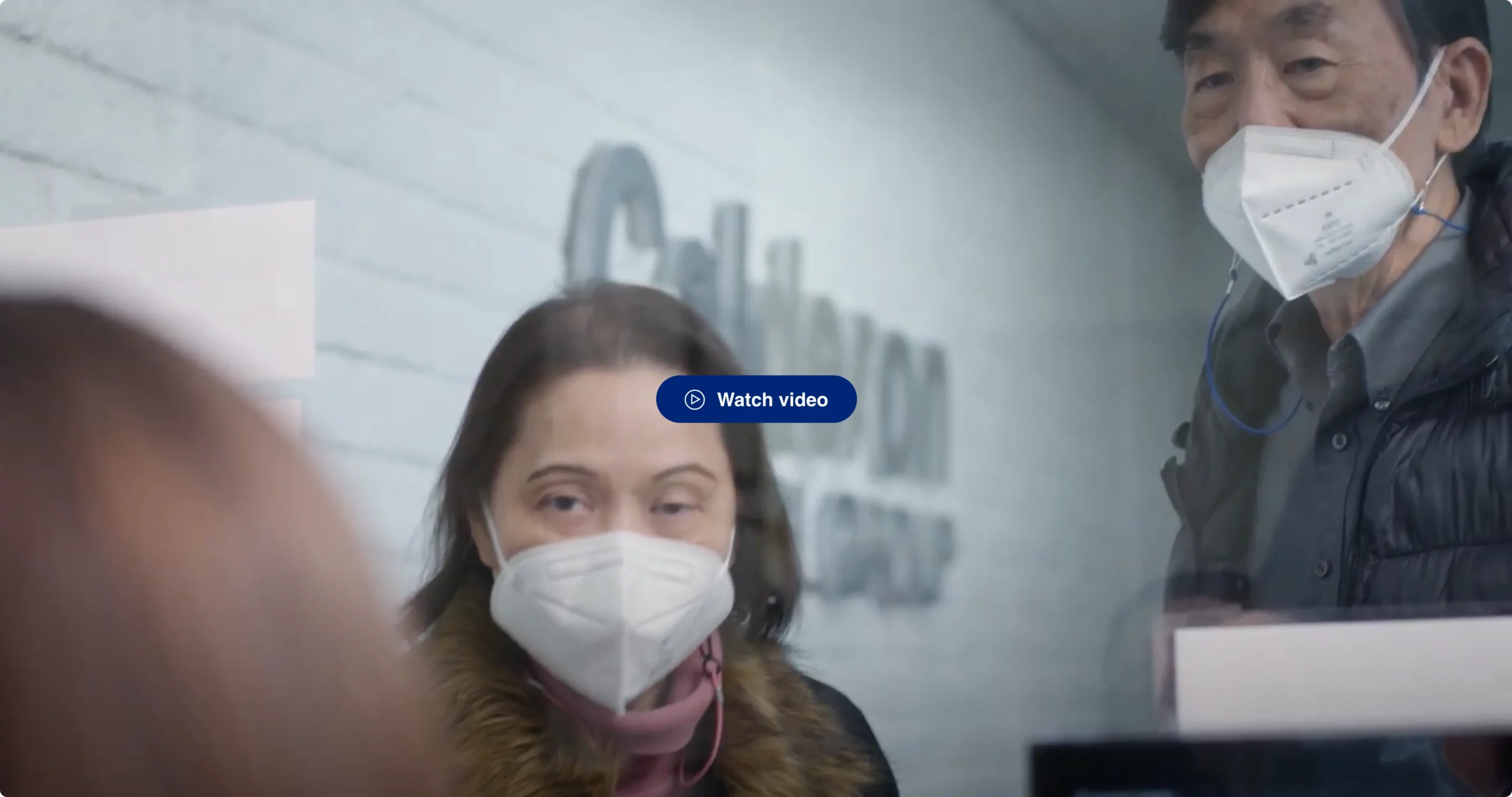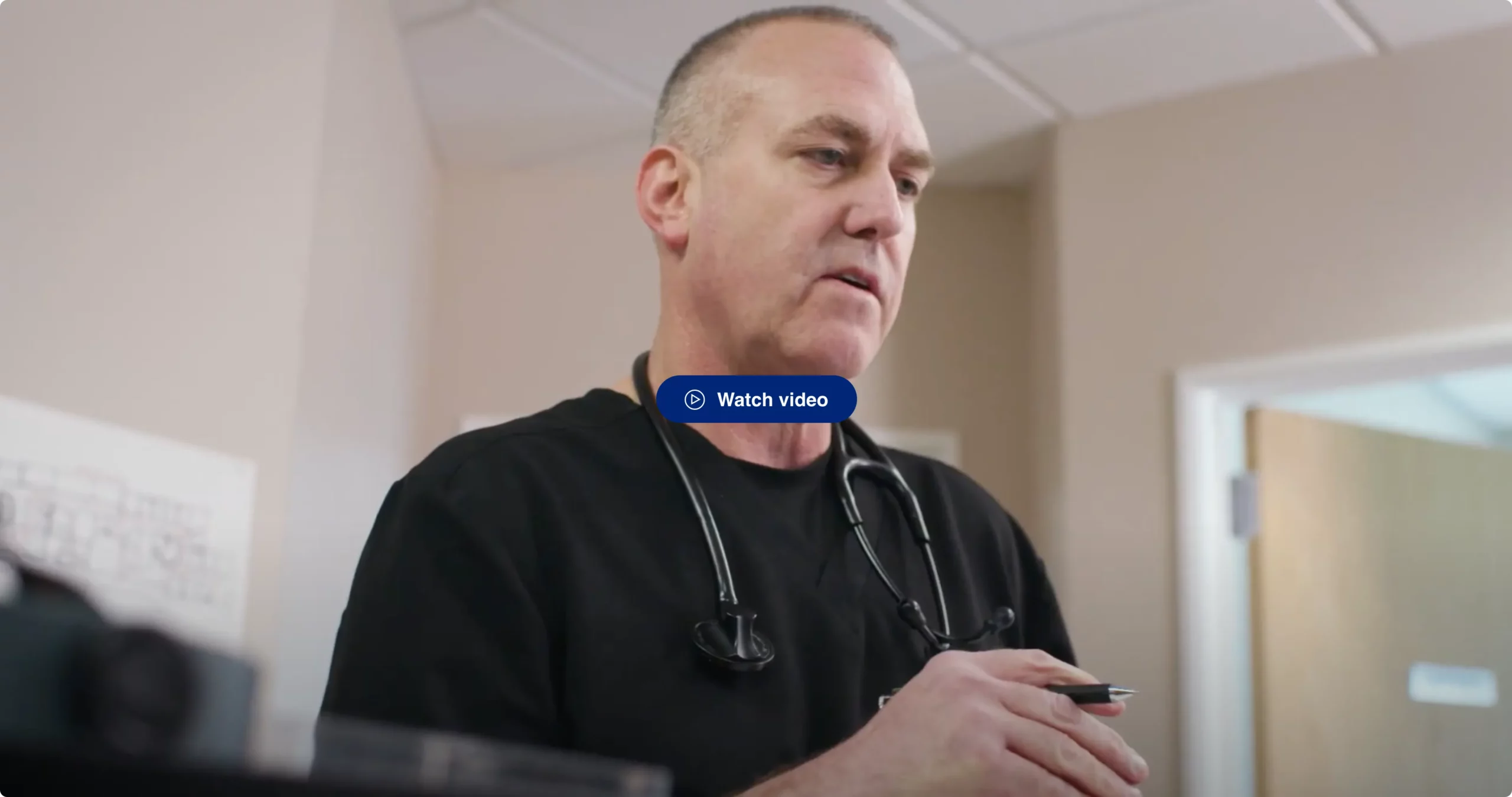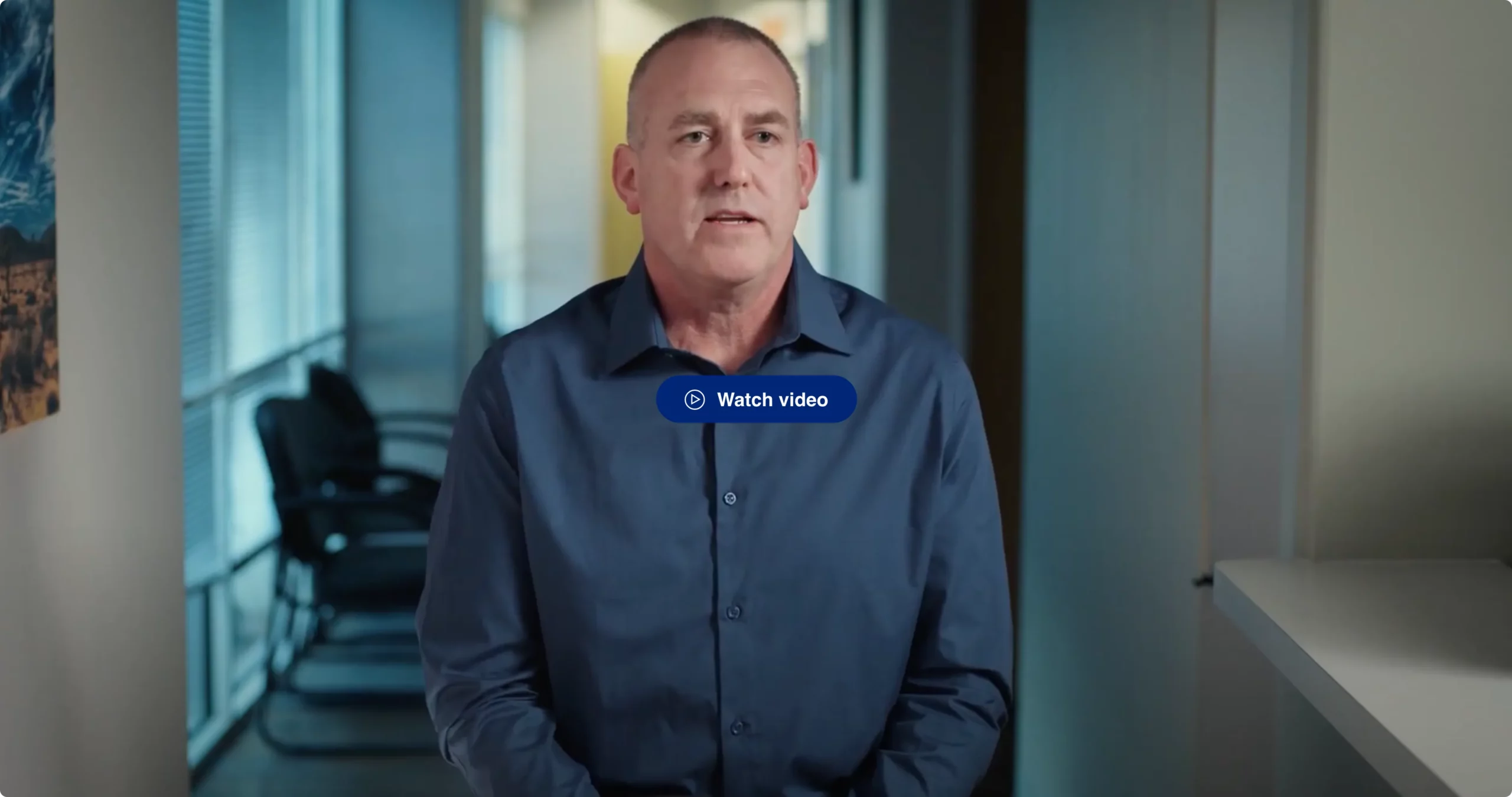
Dr. Tony Alamo, EVP Clinical Advocacy and Gov’t Affairs, Optum Health
Dr. Tony Alamo talks about the benefits of transitioning to value-based care.
Leadership and culture
Author and Expert:

Dr. Atal-Barrio
Share :

I’ve been part of the value-based care (VBC) journey since the 90’s when managed care was introduced, and I’ve seen firsthand the ups and downs of moving away from fee-for-service reimbursement models.
Both large and small organizations have a unique set of challenges in moving to VBC; however, there is a common belief that’s it’s more difficult for large organizations to embrace these system and cultural changes. This hasn’t been my experience.
Transforming care models to focus on quality has been a passion throughout my career. When I joined The Everett Clinic as a pediatrician in the mid-1990s, I was eager to help navigate our path to value. While the local market shifted back to a fee-for-service model, we continued to invest in VBC. After a few years, while doing very well in quality, we had to face the unfortunate reality that we did not have the right resources to succeed in value. We needed a partner to help.
As our clinic grew and became part of the Optum Care network in 2019, we had the opportunity to reestablish our focus on value initiatives.
By joining forces with The Polyclinic, also part of Optum Care, we grew to 30 care sites across Puget Sound, caring for more than 900,000 patients. We learned several valuable lessons from our first attempt at VBC, so the team was ready to try again now that we had new resources and tools available.
With the more sophisticated technology solutions, analytics and expertise that Optum brought, we were poised to succeed in a VBC model.
We restarted our journey by establishing a systematic approach to capturing
disease burdens and automating patient interventions. This took patients out of the cycle of being seen only once a year and, instead, established a proactive outreach and clinical approach.
Aligning incentives around this quadruple aim is a difficult part of the VBC journey. But with experts guiding us and hosting “lunch and learns,” clinicians had an opportunity to weigh in and be part of the solution. Once we implemented a population health-focused care model, clinicians turned out to be happier because it took them out of the episodic, fee-for-service-based incentive cycle.
As part of an expanded network, we were able to direct patients to diagnostics, wellness programs, specialty clinicians, etc., helping them gain access to appropriate care. While extremely beneficial to patients, having more resources was also crucial to clinicians already suffering from burnout.
Transformation is tough work, and it doesn’t happen overnight. However, if we don’t change the reimbursement paradigm, we’ll continue to experience clinician attrition and financial strain, and patients will suffer as a result.
In health care, we are faced with only hard choices. Let’s choose “this hard.”
With the right people, processes and technology, clinicians in large health systems can succeed in VBC, and the results will speak for themselves.
Dr. Alka Atal-Barrio is a practicing pediatrician and serves as the market chief medical officer for Optum WA. She oversees The Everett Clinic, The Polyclinic and Optum Network in Washington.
Dr. Atal-Barrio joined The Everett Clinic in 1994 and has served in a variety of medical leadership roles since 2001. Previously, she was appointed as their chief medical officer in 2019. Before that, she served as facility medical director from 2001–2013, primary care service line medical director from 2014–2016 and chief clinical officer from 2016–2018. She also served on The Everett Clinic board of directors. Dr. Atal-Barrio received her undergraduate degree at the University of Rochester and medical degree from Stanford University. She earned a master’s in medical management from University of Southern California in 2014. Dr. Atal-Barrio is board certified in pediatrics and remains a member of the American Academy of Pediatrics.

Dr. Tony Alamo talks about the benefits of transitioning to value-based care.

Dr. Benito Calderon talks about his experience with Optum Network.

Dr. James Corcoran talks about his experience with Optum Network.

Learn how education and programs help you accurately capture and document patient needs, leading to improved financial stability.